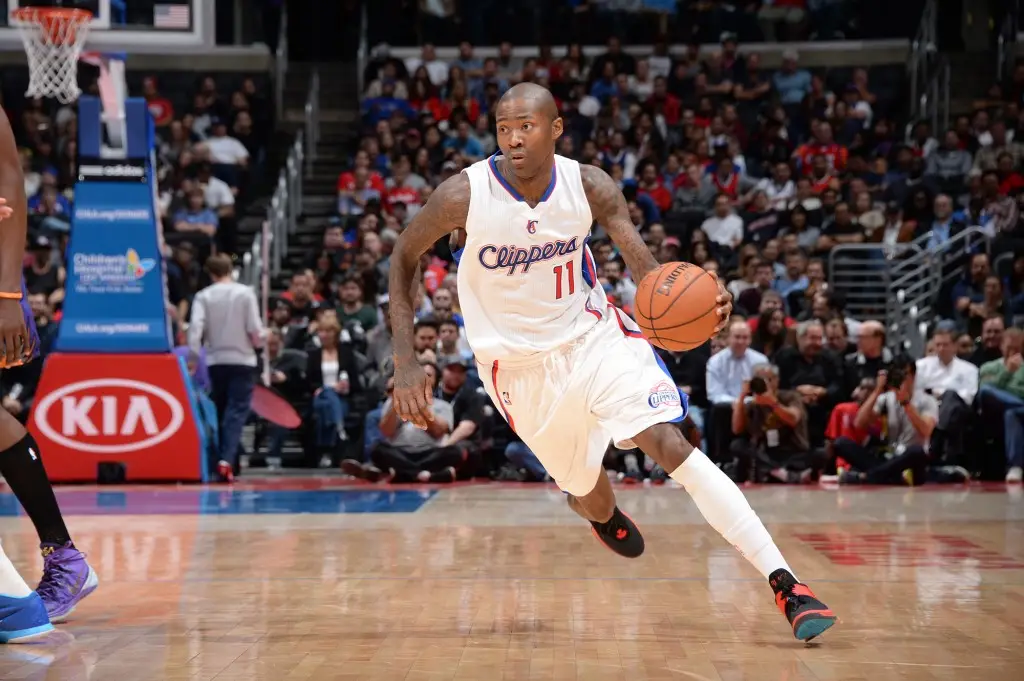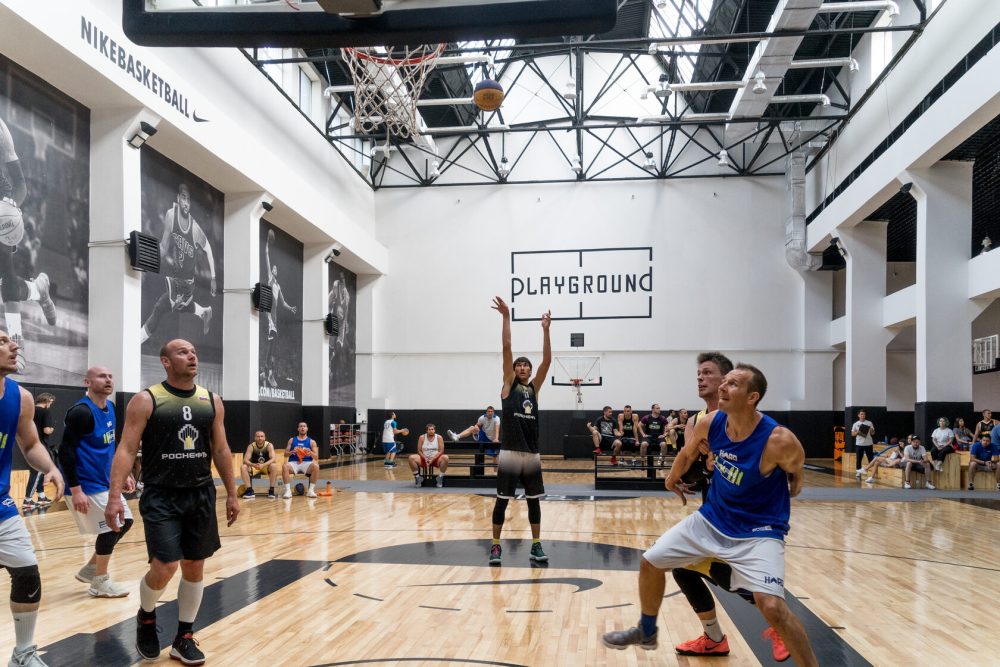The future world-class center was born in 1972 in Newark, New Jersey, into a family with a military discipline. His stepfather, Sergeant Philip Harrison, had a key influence on his upbringing – instilling in young Shaquille respect for hard work, self-control, and a love for sports.
From an early age, Shaquille O’Neal’s biography began to be filled with elements of physical superiority and team play. Frequent moves, due to his stepfather’s military duties, did not hinder the development of his basketball talent – on the contrary, they instilled resilience and adaptability.

University and Path to the NBA
After completing his education in San Antonio, Shaquille enrolled at Louisiana State University, where he immediately stood out as a dominant player. His performances in the NCAA earned him the title of the country’s best college basketball player, making him one of the most talked-about figures in the upcoming draft.
In 1992, Shaquille O’Neal’s biography reached a new level – he was selected by the Orlando Magic as the first pick in the draft. In his debut season, he demonstrated exceptional dominance on the court, earning the Rookie of the Year award and setting the club on the path to success.
Dominance in the Lakers: Trio with Kobe Bryant
His move to the Los Angeles Lakers in 1996 was a defining moment in his career. Alongside Kobe Bryant, he formed a powerful offensive duo that led the team to three consecutive NBA championships in 2000, 2001, and 2002.
During these seasons, Shaquille O’Neal’s biography took on a global icon status – he was thrice named the MVP of the Finals, proving that he could decide the outcome of games at the highest level. His athleticism, devastating technique, and physical power allowed him to effortlessly overcome opponents’ defenses, turning every appearance on the court into a show.
Olympic Success and Contribution to the National Team
Participation in the 1996 Olympic Games brought Shaquille a gold medal. As part of the US national team, he made a significant contribution to the victory, dominating under the boards and setting the pace of the games. As an Olympic champion, he proved that he could shine not only in the NBA but also be a pivotal player on the international stage.
Club Career Stages and Team Changes in Shaquille O’Neal’s Biography
After leaving the Lakers in 2004, the center signed with the Miami Heat. In 2006, together with Dwyane Wade, he won his fourth championship title, further solidifying his legendary status.
This was followed by brief stints with the Phoenix Suns, Cleveland Cavaliers, and Boston Celtics, where he passed on his experience to young players. Despite a decrease in speed, Shaquille O’Neal’s statistics remained impressive – over 28,000 points in his career, nearly 14,000 rebounds, and more than 2,700 blocked shots.
Achievements and Influence on Basketball
His cumulative career successes have made him one of the most outstanding centers in league history. By 2016, he was inducted into the Hall of Fame, confirming the immortality of his name in basketball.
In this context, Shaquille O’Neal’s biography becomes a mirror of an entire era – from dominating on the court to becoming a symbol of the NBA. His contributions are acknowledged by fans, coaches, and analysts, including his own list – the best NBA centers according to Shaquille O’Neal – where he spoke respectfully of his colleagues and opponents.
Business Activities and Media Image
In addition to sports, Shaquille found success in business and show business. He participated in advertising campaigns, appeared in movies, released music albums, and even earned an MBA degree.
Against the backdrop of his athletic records, Shaquille O’Neal’s biography became an example of an athlete’s transformation into a media personality and investor. He invested in restaurant chains, IT startups, developed clothing and technology lines. Additionally, he actively supported charity, directing funds to educational and medical initiatives.
Diverse Projects and Contributions Beyond Sports
It is worth noting that after retiring, Shaquille maintained ties with the basketball world. He commented on games, participated in analysis, and regularly appeared on television.
His philosophy is simple – to promote positivity and help others. Within all his initiatives, Shaquille O’Neal’s biography is complemented by a humanitarian aspect, emphasizing how multifaceted a personality he became off the court.
Player’s Bright Features: Style, Strength, and Weaknesses
Shaquille’s playing style has always been unique – he dominated through his size, reaction, and ability to choose positions. However, his weak point was free throws, which he struggled with.
Despite this aspect, Shaquille O’Neal’s achievements far outweighed individual statistical shortcomings. His slam dunks became iconic moments of the decades, and every appearance on the court was accompanied by excitement.
Significant Facts in Shaquille O’Neal’s Biography
Throughout his career, the center amassed a collection of achievements that speak for themselves. Below are key milestones reflecting the scale of his influence:
- four-time NBA champion – 2000, 2001, 2002, 2006;
- three-time NBA Finals MVP – a unique achievement;
- 1996 Olympic champion in Atlanta;
- 15-time NBA All-Star participant;
- over 28,000 points in regular championships.
Such a number of titles and figures turn Shaquille O’Neal’s biography into an example of absolute dominance.
Elements that Shaped Shaquille Beyond Sports
Alongside his career successes, the athlete developed a whole code of conduct that he adhered to even after retiring. Among the significant aspects of his life are:
- strict upbringing and respect for discipline;
- deep commitment to family values;
- continuous education and academic degrees;
- investments in the future through business and startups;
- ongoing assistance to underprivileged populations.
Such a structure of life priorities makes Shaquille O’Neal’s biography not only about sports but also socially significant.

Shaquille O’Neal’s Biography: Key Takeaways about the Basketball Icon
As one of the most influential players of modern times, Shaquille O’Neal has left a mark that cannot be ignored. At every stage of his career – from Orlando to the Lakers, from the Olympics to the Hall of Fame – he maintained uniqueness and determination.
Shaquille O’Neal’s biography is not just a story of titles and records, but a journey of an athlete, intellectual, entrepreneur, and symbol of a cultural era, continuing to influence millions of people even beyond the playing field!
 en
en  de
de  ar
ar  es
es  hi
hi  fr
fr  nl
nl  it
it  pt
pt  el
el 










